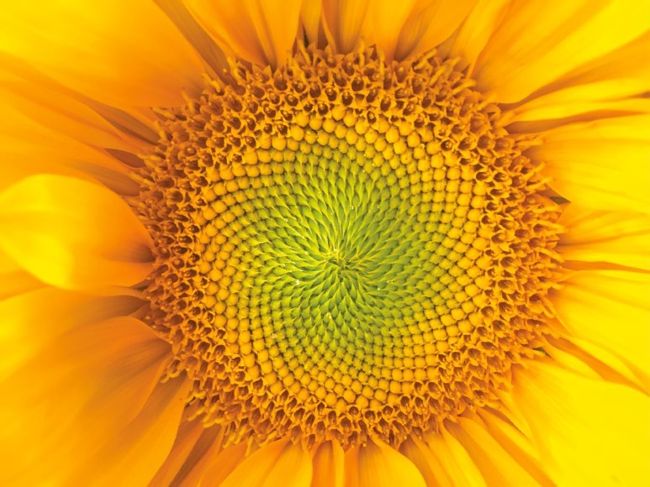WHAT IS THE FIBONACCI SEQUENCE?
This mathematical pattern appears in nature, intriguing scientist for centuries
WORDSSCOTT DUTFIELD

Within the heads of sunflowers are spirals of seeds equal to a number in the Fibonacci sequence
W hile pondering the rate of rabbit reproduction, a 13th-century Italian mathematician called Leonardo of Pisa penned one of the world’s most famous sequences of numbers. The Fibonacci sequence, a nickname given to Leonardo’s number series by mathematician Édouard Lucas in the 1870s, follows a series of numbers whereby each number is the sum of the two that precede it: 0, 1, 1, 2, 3, 5, 8, 13, 21, 34 and so on.
When you divide any number above five in the sequence by the number that precedes it, the outcome is a number that gets progressively closer to an infinitely long number of approximately 1.618, better known as phi, or the ‘golden ratio’.